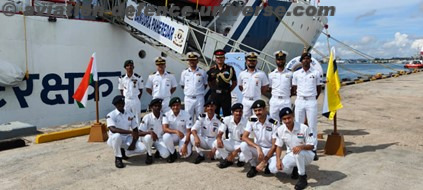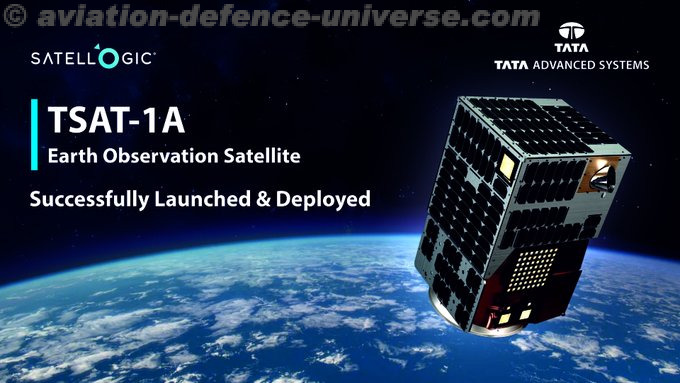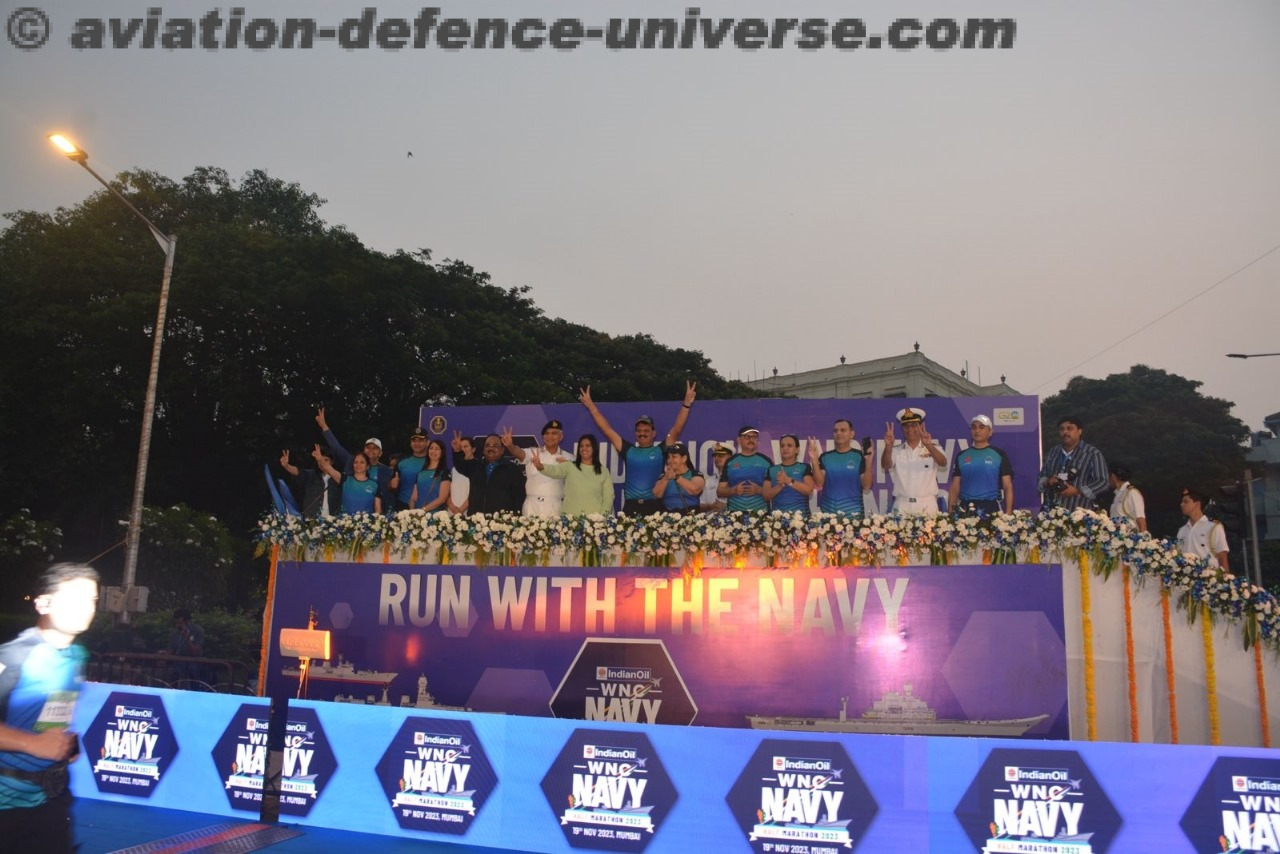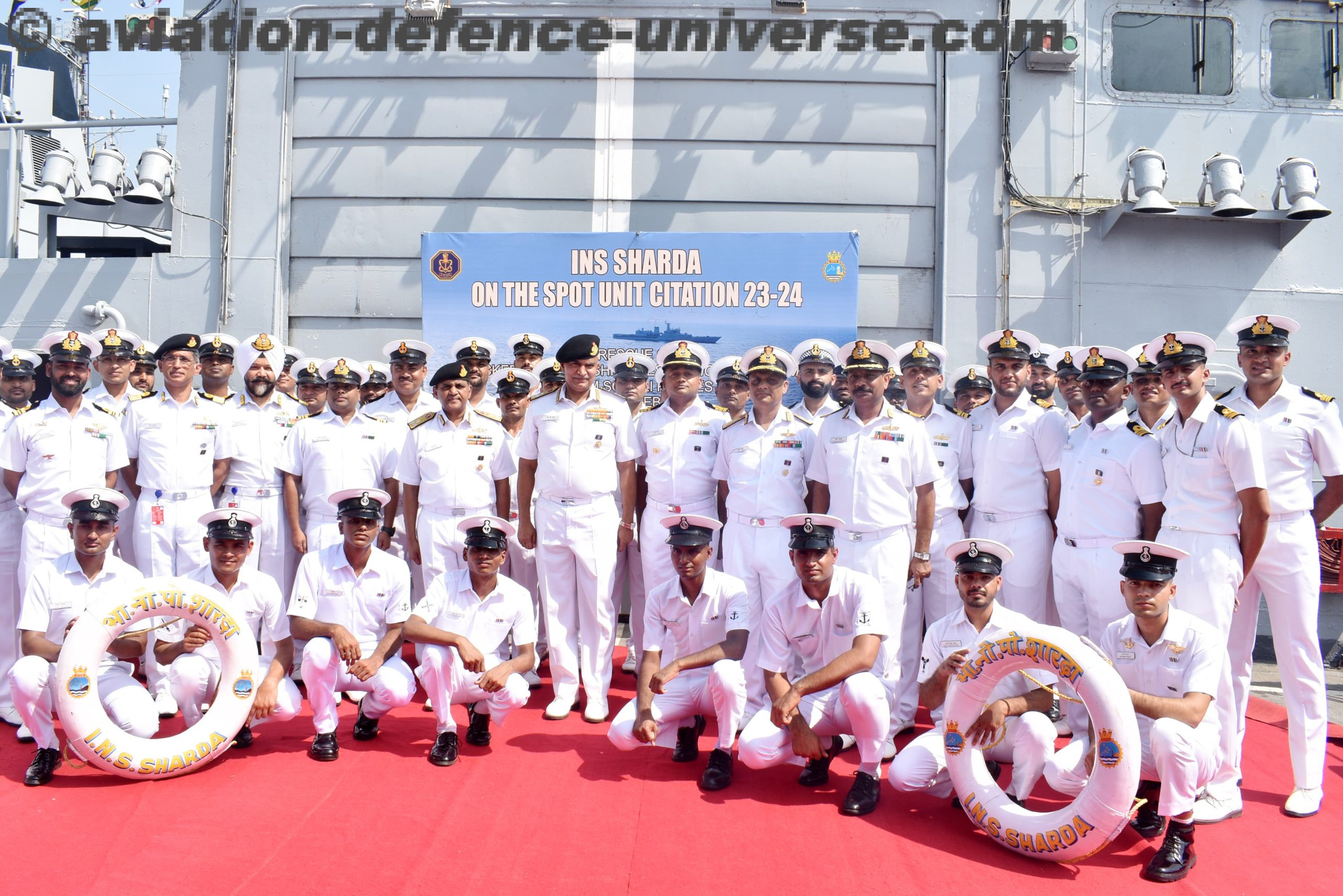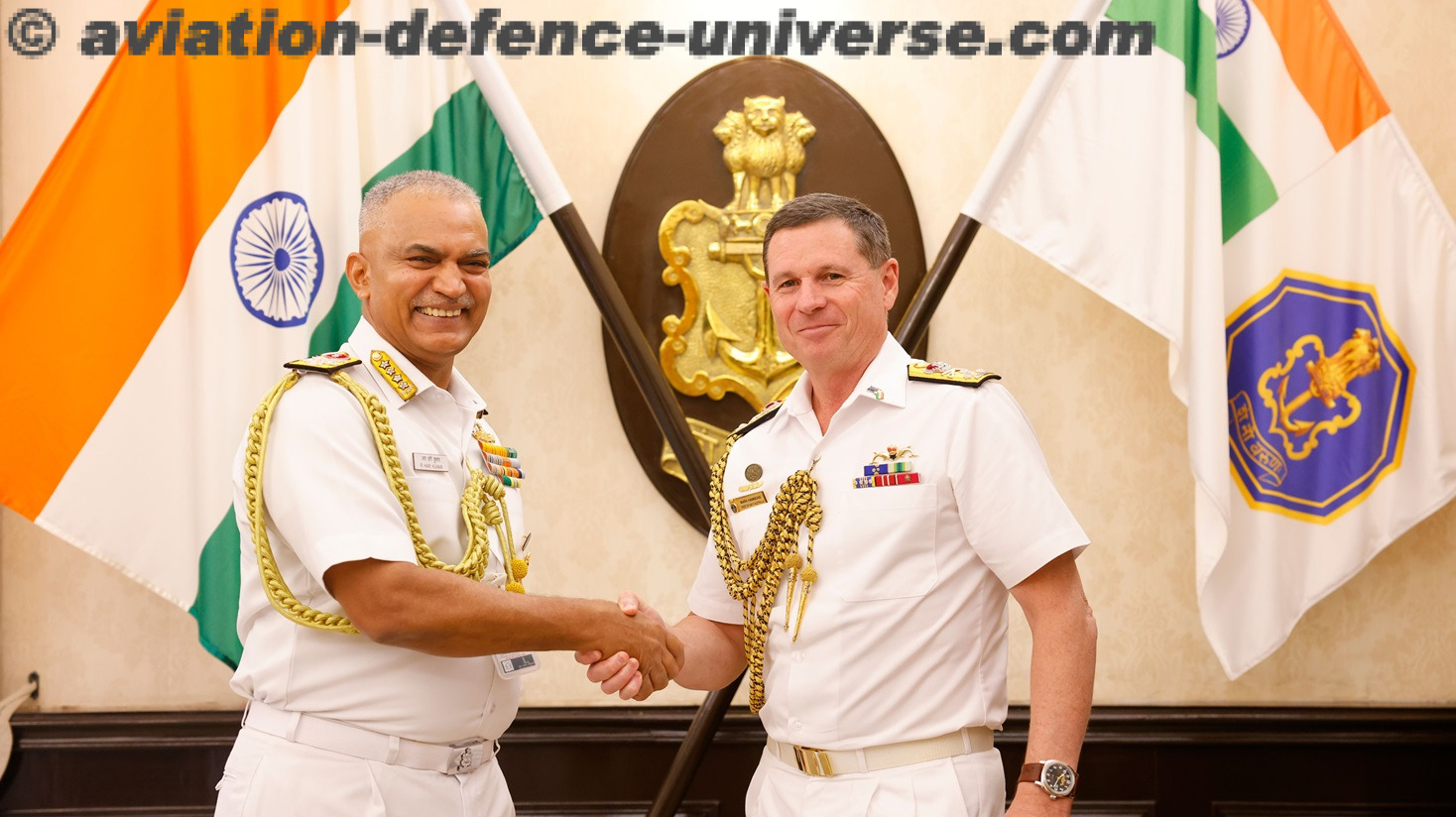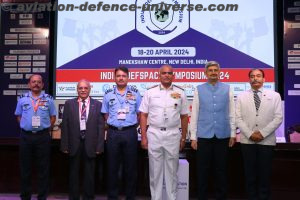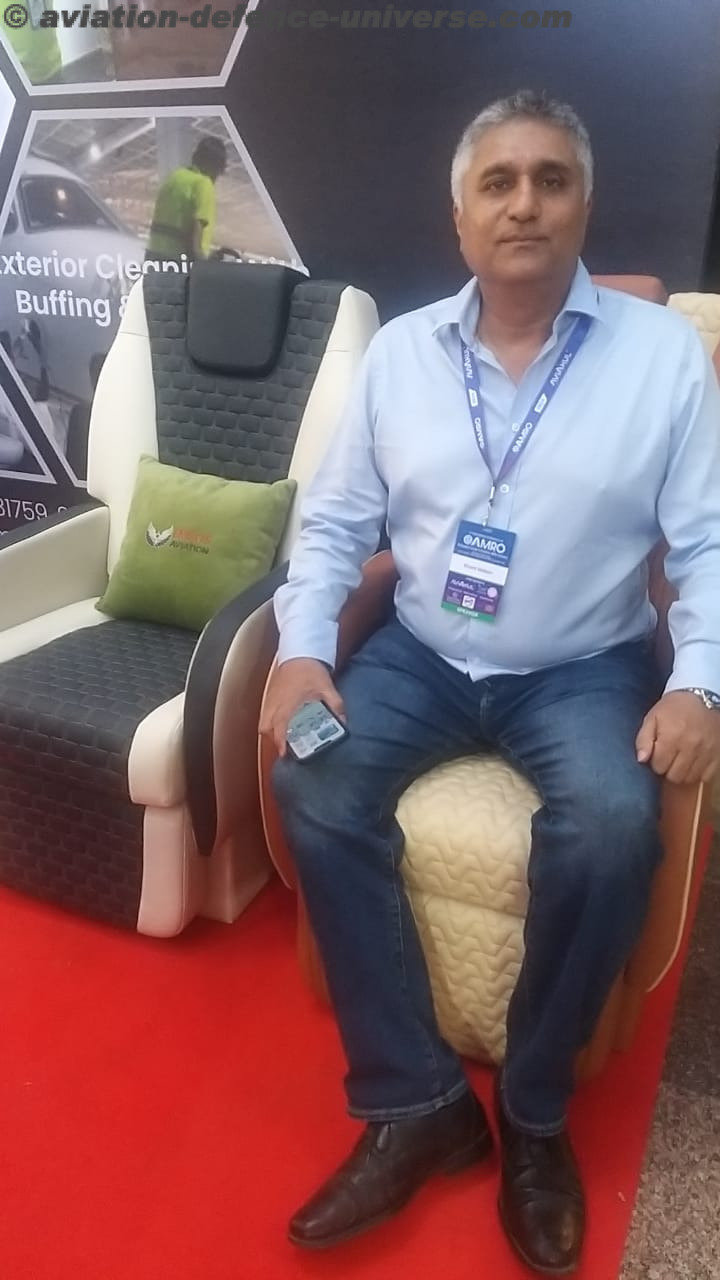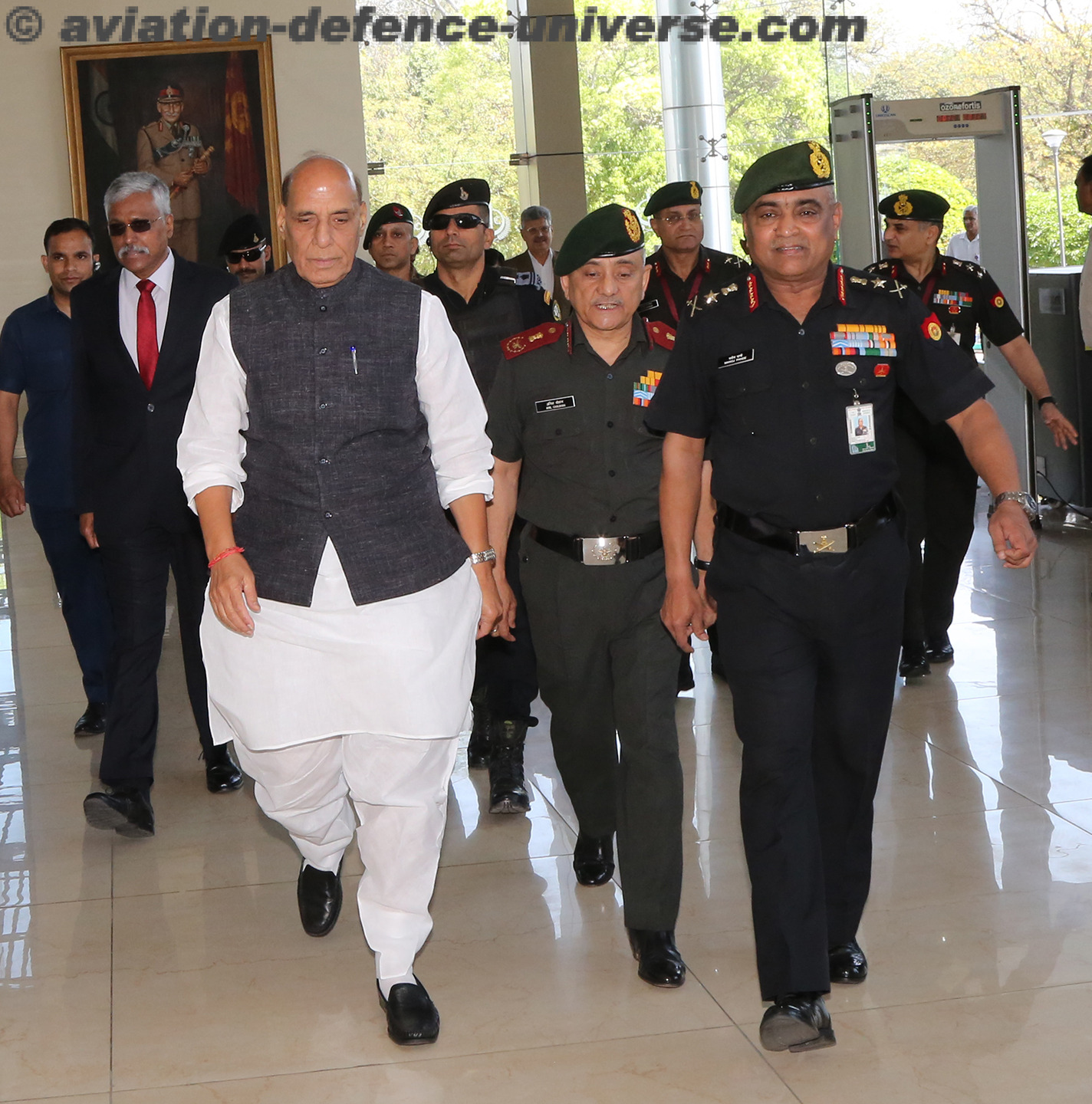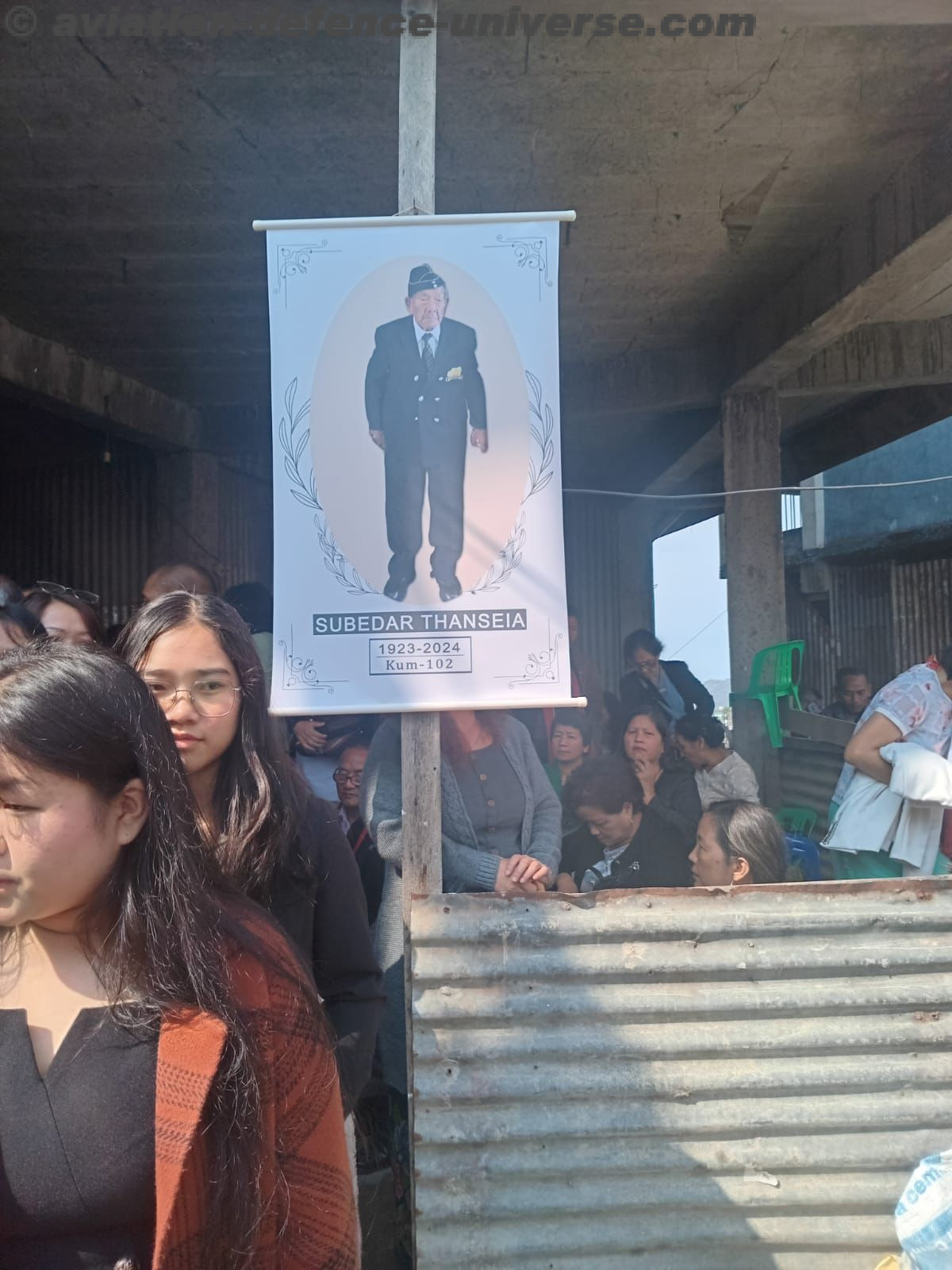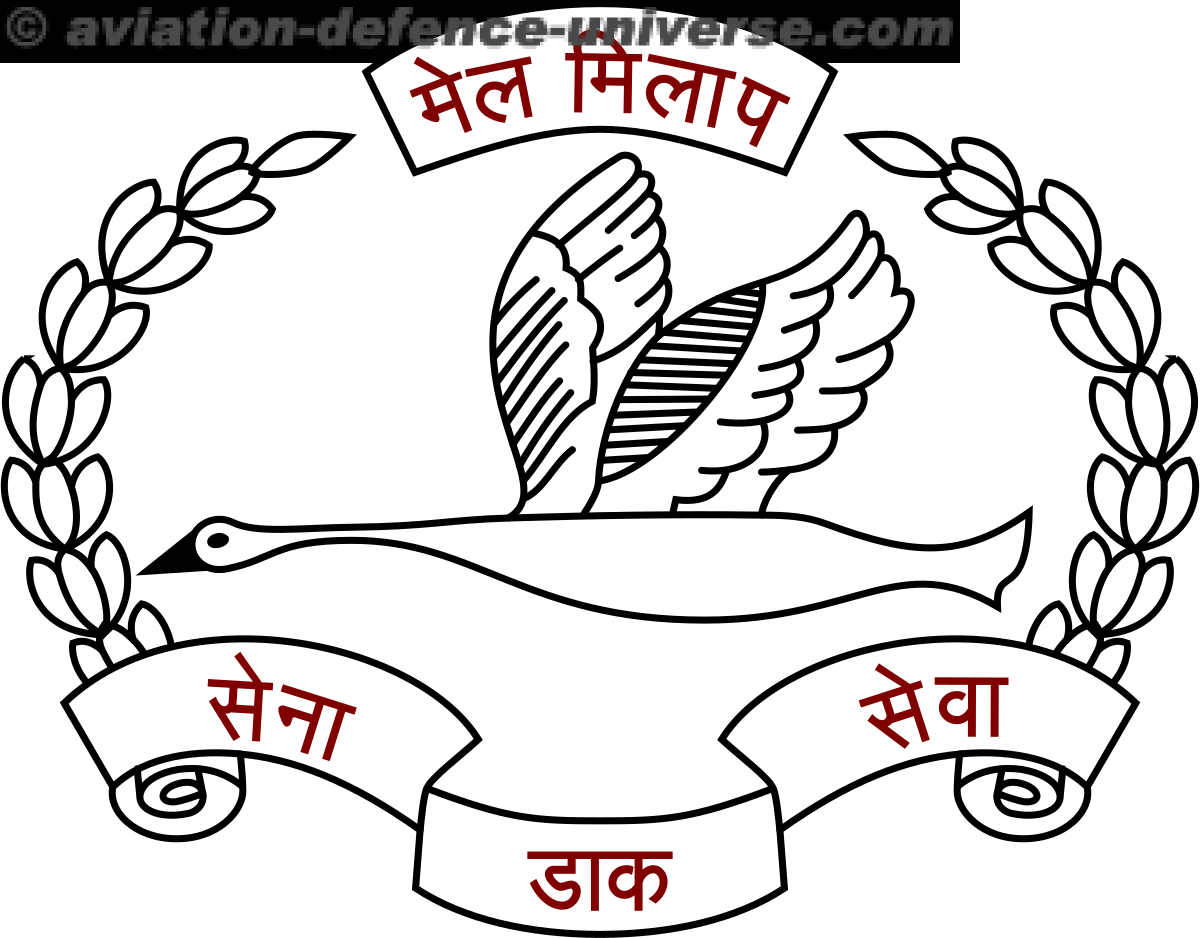- Need for robust audit & inspection mechanisms in terms of e-tender processes
New Delhi. 27 July 2016. The Central Vigilance Commission will soon put out a discussion paper on its website to invite suggestions for an alternate tender system other than the lowest-bidder-wins (L1) policy, Chief Vigilance Commissioner (CVC), Mr K.V. Chowdary said at an ASSOCHAM event .
“By and large we do substantiate the view that L1 is the best way to do the kind of a procurement but there are several issues in this regard which the Commission is also seized of because the PSUs have brought it to our notice, even some private sector people, so we have also constituted a committee to have some kind of a discussion paper,” said Chowdary while inaugurating an ASSOCHAM Public Procurement Summit.
“We would like to get as many suggestions from you as possible because we are in the process of taking out a discussion paper which we would like to put on the public domain, take your opinions,” said the CVC.
He said that in a situation of procurement of goods of the nature of a commodity where there are no variations or there are not likely to be many variations with reference to quality and others, probably L1 could be the best way but there are issues which are connected with quality, alternate designs.
“While L1 is a good thumb rule, we need to look at and devise methods as to how and when L1 should not be the best method in the interest of the person who is issuing the tender,” said Mr Chowdary.
“Whether it could be quality, delivery standard or it could be anything, probably we need to work more on how to get an alternative decision mechanism other than L1 and subject to qualification,” he added.
Highlighting that a lot of people find difficulty on L1 issue in particular, Mr Chowdary said, “There are several issues that come which we need to kind of a have a scientific way in which we evaluate them and then build it to the theme.”
“So the major thing that we need to keep in mind is how do you draft or build your NIT, if I have not build all these possible issues in my NIT then I am open to a lot of discussion, debate and allegations, so my suggestion is that you as a tenderer please look at the NITs very carefully as that ultimately determines your consequences, profits-losses, your obligations,” said the CVC.
“The one who is issuing needs to see how transparently/openly he puts it so that he gets more and more number of bids and he gets the best discovered price and also it does not get into litigation,” further said Chowdary.
On the issue of e-tender, e-procurement, e-sales and others, he said that these have brought in a lot of transparency and have made things easy to an extent but one needs to be equally cautious in seeing how this process is working. “You need to build very robust audit and inspection mechanisms otherwise it is much easier to fool people in a e-process because others cannot even see what is being filed, unless these trails are really followed and they are verified you are likely to be fooled either,” he said.
In his address at the ASSOCHAM summit, Air Vice-Marshal M. Baladitya, VSM, ACAS (Procurement), Air Headquarters said, “We need to build upon our negotiation skills and we are working on that as are trying to work out courses for enhancing negotiation skills of all those who are dealing with procurement.”
“We are very strongly considering a green-channel procedure for dealing with established vendors and are considering very seriously with the government for doing away with any kind of inspection in between, it will only be self-certification and there would be a penalty clause in case there is a qualitative or quantitative discrepancy in the supplies,” he said.
“This I think will be a major step in ensuring ease of doing business and speeding up the procurement process,” he added.
Stressing upon the need to increase the confidence level in the field, he said that it will not only help in getting better value for money but the kind of infrastructure India has in various fields can help in getting much better products and achieve government’s dream of Make in India in a big way.








